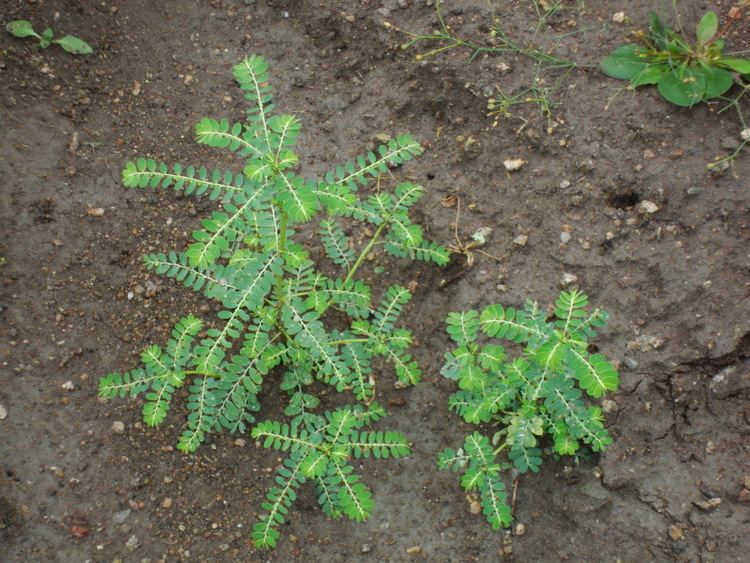Scientific name Phyllanthus | ||
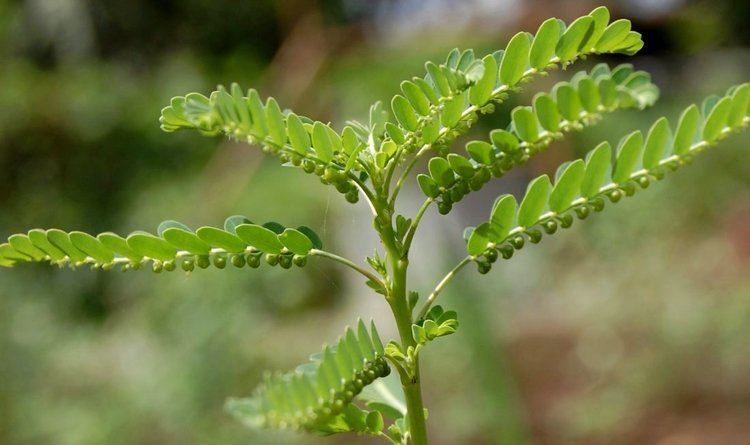 | ||
Lower classifications Indian gooseberry, Gale of the wind, Phyllanthus urinaria, Phyllanthus acidus, Phyllanthus reticulatus | ||
Phyllanthus niruri keelanelli health benefits and home remedies
Phyllanthus is the largest genus in the flowering plant family Phyllanthaceae. Estimates of the number species in this genus vary widely, from 750 to 1200. Phyllanthus has a remarkable Diversity of growth forms including annual and perennial herbs, shrubs, climbers, floating aquatics, and pachycaulous succulents. Some have flattened leaflike stems called cladodes. It has a wide variety of floral morphologies and chromosome numbers and has one of the widest range of pollen types of any seed plant genus.
Contents
- Phyllanthus niruri keelanelli health benefits and home remedies
- Phyllanthus niruri for hepatitis b ayurvedic medicine for hepatitis b treatment
- Selected species
- Research and traditional medicine
- References
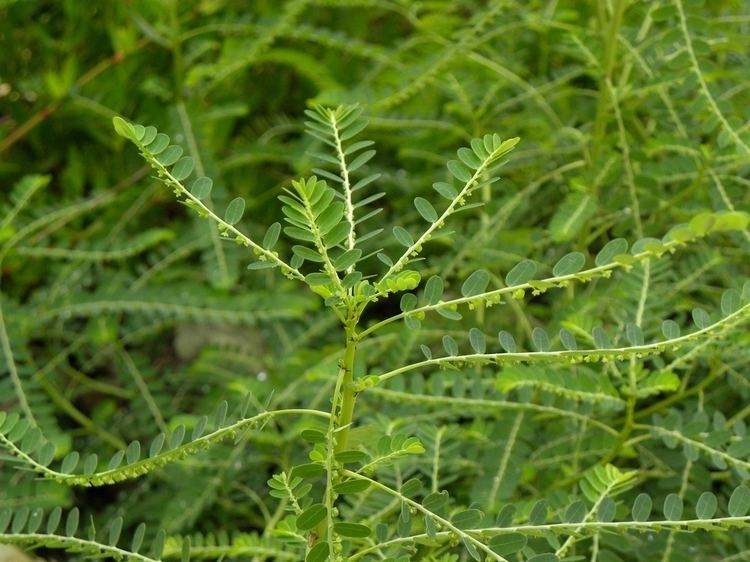
Despite their variety, almost all Phyllanthus species express a specific type of growth called "phyllanthoid branching" in which the vertical stems bear deciduous, floriferous (flower-bearing), plagiotropic (horizontal or oblique) stems. The leaves on the main (vertical) axes are reduced to scales called "cataphylls", while leaves on the other axes develop normally. Phyllanthus is distributed in all tropical and subtropical regions on Earth. Leafflower is the common name for all Phyllanthus species.
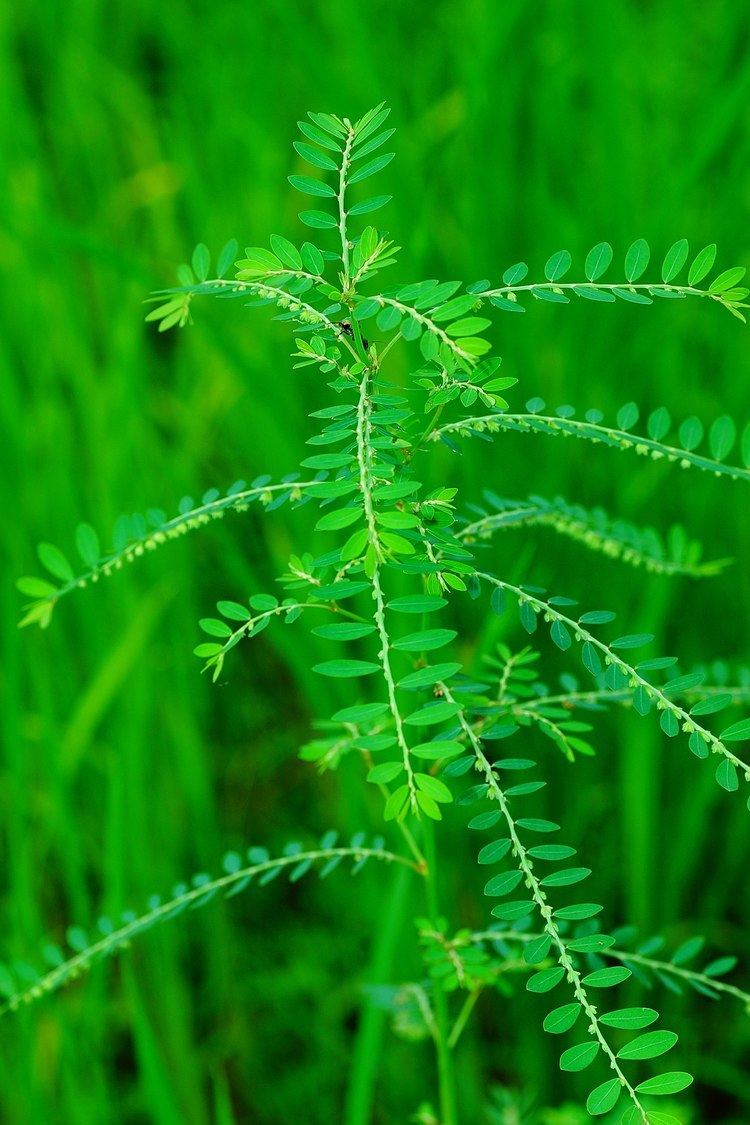
The circumscription of this genus has been a cause of much confusion and disagreement. Molecular phylogenetic studies have shown that Phyllanthus is paraphyletic over Reverchonia, Glochidion, Sauropus, and Breynia. A recent revision of the family Phyllanthaceae has subsumed all four of these genera into Phyllanthus. This enlarged version of Phyllanthus might eventually be divided into smaller genera, but much more research will be needed before anyone knows how to do this. Progress continues to be made in this area. Also see Taxonomy of the Phyllanthaceae and Phyllanthaceae.
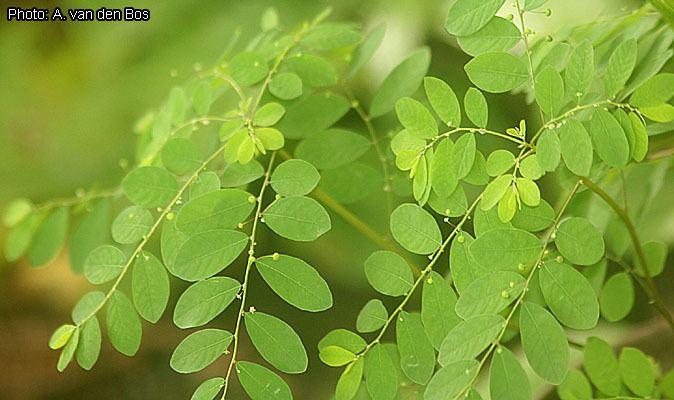
Phyllanthus niruri for hepatitis b ayurvedic medicine for hepatitis b treatment
Selected species
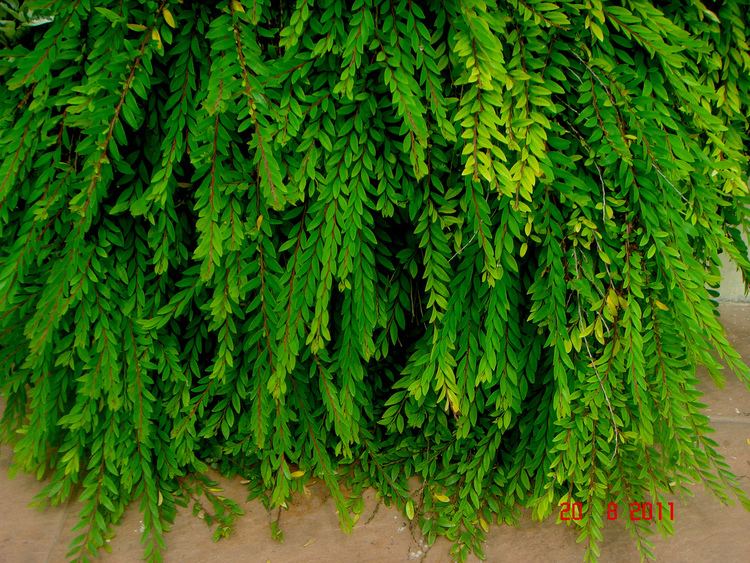
For full list, see List of Phyllanthus species.
Research and traditional medicine
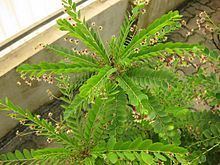
Particularly for its content of tannins, P. emblica fruit has a history of use in traditional medicine and is under study for its potential biological properties. Leaves, roots, stem, bark and berries of this genus contain lignans and other phytochemicals.
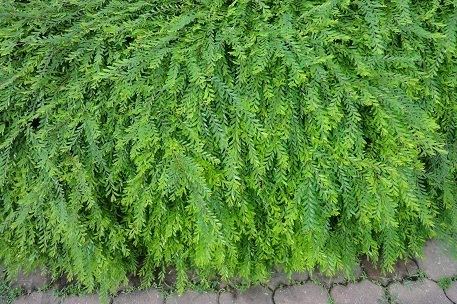
Phyllanthus species have been assessed for use in people with chronic hepatitis B virus infection, but the low quality of clinical trials has prevented any conclusion about efficacy as of 2013.
